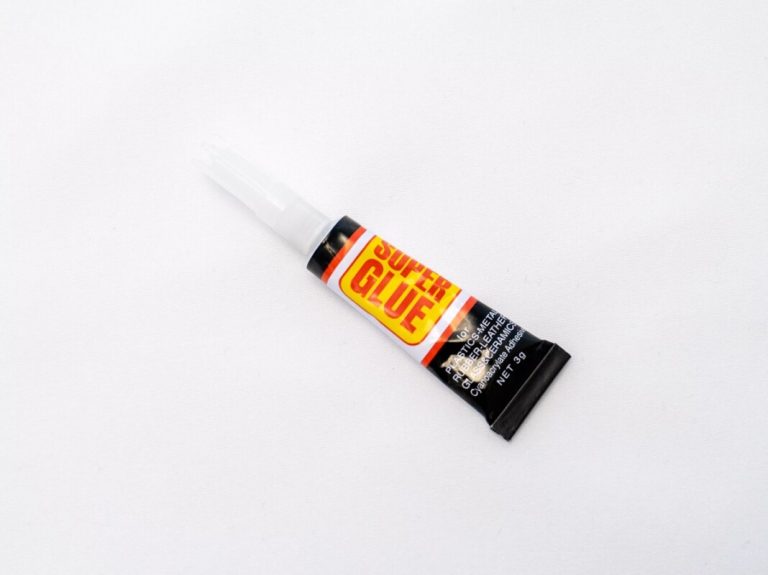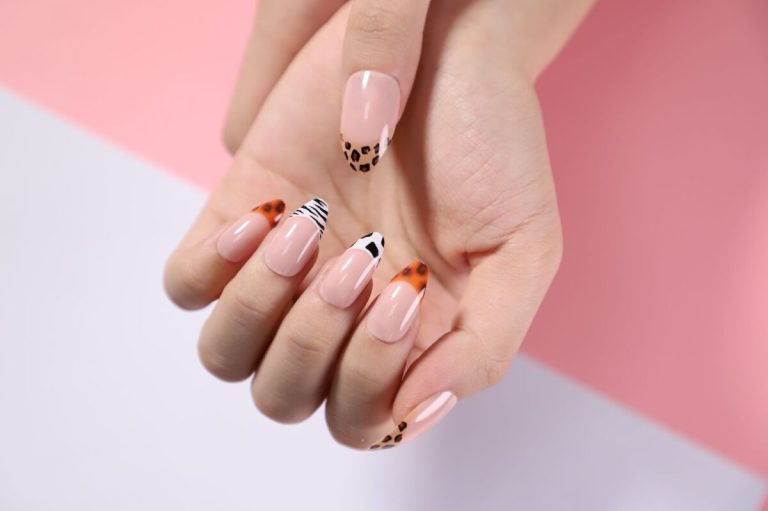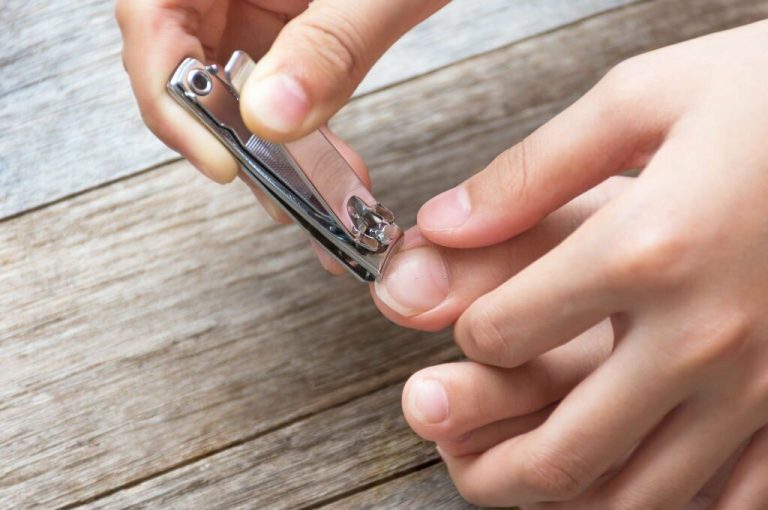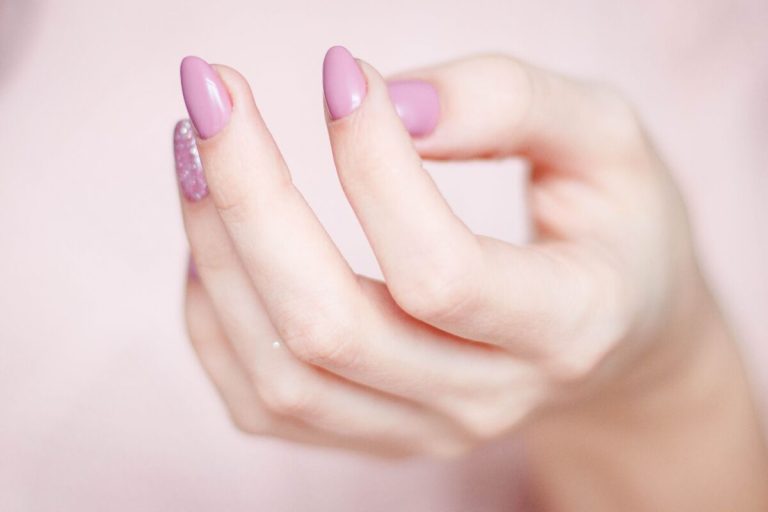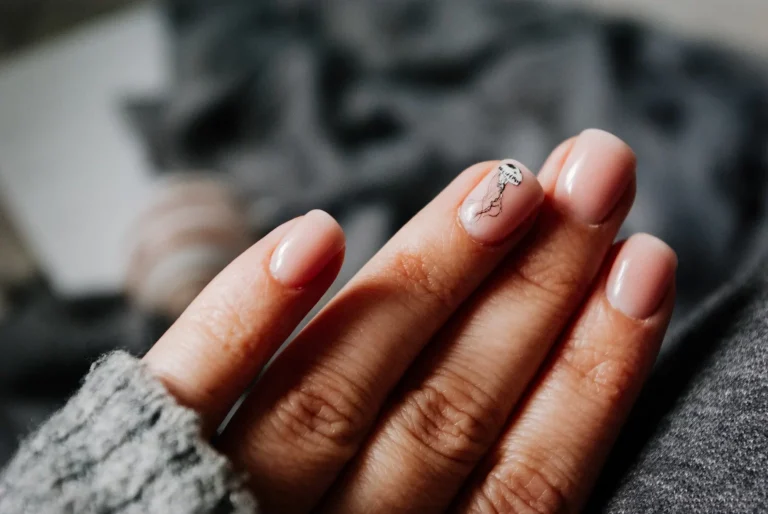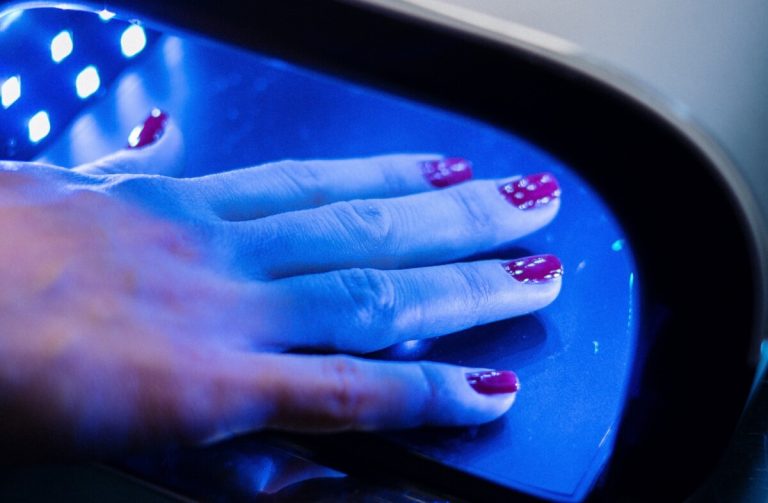Why Do My Nails Hurt After Getting Them Done?
Have you ever gotten a fresh set of acrylic or gel nails, only to regret it shortly after due to nail pain and sensitivity? I definitely have! At first glance, having polished and pretty nails done at the salon seems like pure luxury. But more often than not, I end up dealing with soreness and occasional throbbing pain in the hours and days following my appointment.
If you can relate to that uncomfortable nail pain after getting them done, you’re not alone. Many people experience post-manicure soreness from acrylics, gels, or even regular polish. The good news is that with the right precautions, you can help minimize or avoid pain after your next salon visit.
In this post, I’ll dig into the common causes of nail sensitivity after manicures, plus tips to prevent nail soreness altogether. I’ll also share some gentler nail alternatives to classic acrylics and gels. Let’s get into it!
What Causes Nail Soreness After Acrylics?
Contents
First things first – why does nail pain happen in the first place after you get them done? Here are a few of the top culprits:
The Tight Seal of Acrylic Over Nails
One of the biggest reasons your nails may hurt after acrylics or gels is due to how tightly the product adheres to your natural nails. The acrylic and gel is applied as a thick liquid which then hardens under UV or LED lighting.
This durable material forms a protective seal over your nails that stays bonded on tightly. Having such a stiff, unmoving layer adhered so firmly to your nails can cause soreness in the hours and days after your appointment. Your nails aren’t able to flex and bend as they normally would, which leads to discomfort.
Filing Nails Down Too Short
Another factor is having your natural nails filed down too aggressively before acrylics or gels are applied. To prep your nails, the technician will use a drill file to rough up your nail surface for better adhesion. This filing also thins out your nails.
Having nails filed down too thin and short means there’s less of a natural nail barrier between the acrylic and your sensitive nail beds. This can lead to pain as that thin nail layer gets squeezed by the acrylic. Ask your tech to avoid over-filing for a less painful post-manicure experience.
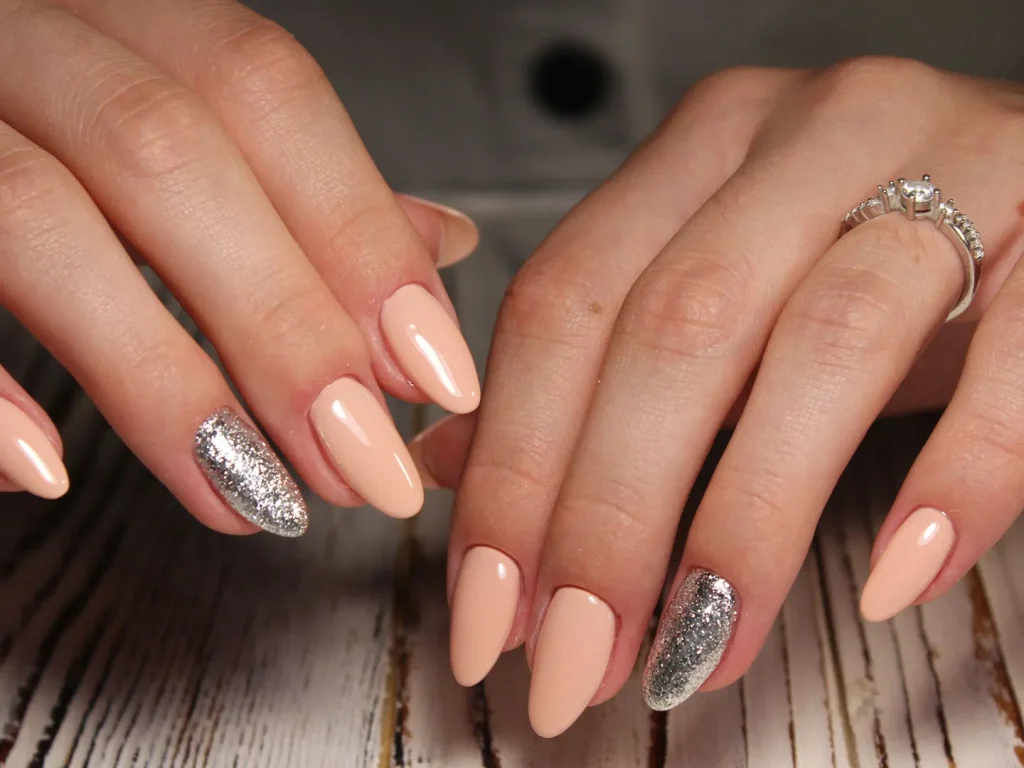
How to Prevent Nail Soreness After Getting Them Done
If you’re hoping to avoid having sore, throbbing nails after your next manicure, here are some useful tips:
Don’t Make Acrylics Too Thick
One of the best ways to prevent excessive nail soreness is to ask your technician to apply a thinner, more natural-looking layer of acrylic over your nails. Bulky, chunky acrylics squeeze your nails much more. Aim for a lighter application.
Avoid Pointy Nail Shapes
Pointy nails, like stilettos or dramatic coffin shapes, put more pressure on your thin nail tips. This can lead to more pain after manicures. Opt for a squoval, rounded, or oval nail shape instead to reduce discomfort.
Don’t File Too Short
As mentioned, over-filing your nails before acrylic or gel application can increase soreness later on. Make sure to speak up if the filing starts to feel uncomfortable, or your nails look thinner than you’d like.
Apply a Protective Base Coat
Having a base coat applied before gels or acrylics can help minimize damage to your natural nails, reducing post-manicure pain. The base coat acts as a protective buffer layer.
Loosen Up Near Cuticles
Ask your nail tech to avoid sealing acrylics or gels too tightly against your skin. Gentle filing near cuticles allows for some flex and breathing room.
Less Painful Nail Alternatives to Try
If you deal with sore, sensitive nails every time you get acrylics or hard gels done, it may be worth exploring some potentially less painful nail options, such as:
Press-On Nails
PRESS-ON NAILS are reusable, customizable nails that stick onto your natural nails with gentler glue tabs instead of UV gel or liquid acrylic. They come in various lengths and designs, or you can DIY press-ons at home. The adhesive tabs allow for more nail flexibility.
Gel-X Nail Extensions
GEL-X NAILS are like a hybrid between hard gels and acrylics. They’re applied over a nylon-fiber paper stencil that sticks onto your nail before the Gel-X gel is layered on top. This thin stencil helps prevent over-filing. Gel-X can be soaked off instead of heavily drilled off like acrylics.
Dip Powder Nails
DIP POWDER NAILS are applied by dipping your nails into colored powder and liquid activator. This creates a lighter, more flexible layer over nails compared to acrylic. The powder also causes less damage to natural nails versus acrylics when removed.
Regular or Gel Polish
If you’re very prone to post-manicure nail pain, even short-term polish options like regular NAIL POLISH or gel polish may be better than heavy acrylics or hard gel extensions. Though polish doesn’t last as long, it allows your natural nails to flex and breathe without stiffness.
How to Manage Nail Pain and Discomfort
If you do wind up with sore, aching nails after your latest manicure, there are a few remedies you can try for relief:
Over-the-Counter Pain Medication
For moderate nail soreness after manicures, over-the-counter PAIN MEDS like ibuprofen or acetaminophen can help reduce discomfort and swelling. Follow dosage instructions.
Cold Compresses
Applying an ice pack or COLD COMPRESS to painful nails can numb and soothe tenderness. Wrap ice cubes or a cold pack in a cloth and hold against nails for up to 20 minutes as needed.
Avoid Using Nails for Fine Tasks
While your nails are sensitive post-manicure, try to avoid using your fingertips for precision tasks like typing or texting. This added pressure usually amplifies the pain. Give those nail beds a break!
Remove Nails If Needed
In severe cases, you may need to book a removal appointment to take off gels or acrylics to address nail pain. This should relieve discomfort quickly by freeing up your natural nails.
When to See Your Doctor About Nail Pain
In most cases, nail sensitivity after manicures goes away on its own within a couple days as the nails adjust. But if you experience any of the following, make an appointment with your doctor right away:
- PERSISENT NAIL PAIN lasting longer than 48 hours, even after removing gels or acrylics
- NAIL PAIN along with discharge or excessive redness, which may indicate a nail infection
- NUMBNESS or tingling in the fingertips, which could signal nerve damage
- Noticeable BRUSING or visible damage to the nail bed
These warrant a medical evaluation, just to be safe. In rare cases, badly damaged nails may need to be fully removed so the nail bed can heal. Catching any infections early on is also important.
The Takeaway: Enjoy Your Pretty Manicures Pain-Free!
It’s common to have some nail sensitivity or occasional soreness after visiting the nail salon. But with the right precautions, you can help minimize the risk of painful, throbbing nails after your acrylic, gel, or regular polish manicure.
Some key tips are opting for thinner acrylics or gel sets, avoiding over-filing of natural nails, and steering clear of pointy nail shapes that put pressure on nails. There are also great less-damaging alternatives like press-on nails, dip powders, and Gel-X extensions to consider.
With a few adjustments to your manicure routine, you can show off gorgeous nails for weeks at a time without the post-appointment pain bringing you down. Give these tips a try for your next visit! Getting your nails professionally done should feel indulgent, not agonizing. Here’s to many more beautiful, pain-free manicures in your future!

Founded by Sophia Rodriguez, IGXO Cosmetics is a PETA-certified, cruelty-free, and vegan makeup brand.
